Myanmar (former name: Burma) – famous with the name Golden Land – is the fascinating country with many alluring tourist destinations for all tourism types such as sightseeing, active or adventure activities. After quite so long years of being closed off to the world with isolation and military dictatorship, it is rapidly changing now and become safer and an amazing place to visit nowadays.
Myanmar’s area is more than 670,000km2 only but the country is inhabited by about 135 ethnic groups and each one has their own culture, lifestyle, and history... The landscapes of the untouched corners, ancient temples and unaffected peoples make this land totally different, epic and worth visiting at least once in a lifetime.
Even with a local who spend a whole life living here, Myanmar seems to still has more to see, enjoy, discover, and experience. The splendid cities of gilded pagodas, spectacular views on the highland, together with the warm smiles of friendly villagers rolled into one will give you an enlivened adventure. Life drifts along much as it has done for centuries in much of the country. Ways of life, local traditions and colorful cultural features all around such as the Intha fisherman ply the water of Inle Lake, balloons leisurely fly over Bagan, or the countrywide practice of the balletic ball game chinlone…
Many come to Myanmar hungry for a flavor of bygone Asia but this time, not only the old things, you will also see another Myanmar – the land of hope and optimism.
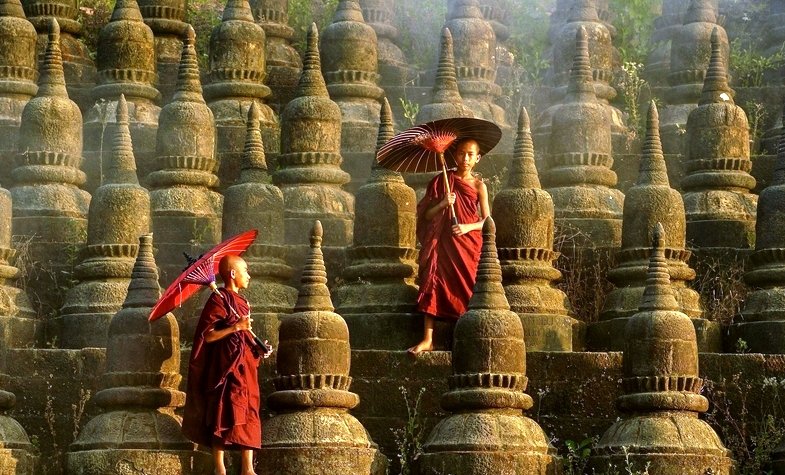
During that period, the land of present-day Burma was also inhabited by the regimes of Bagan Dynasty (849-1297), Pagan Empire (1044-1297) and other small kingdoms, before the birth of the Kingdom of Ava (Inwa) in the 14th century.
After the downfall of Pagan in 1297, the Mon kingdom was founded as Hanthawaddy Pegu or Ramannadesa (the kingdom of Raman) and became the rival of Ava.
The regimes of Burmese ethnic groups shared the land of present-day Myanmar until the 18th century. The kingdoms of Burmese went to the wars with Qing China. The wars lasted for decades before the country faced up rebels from the British protected territories and then became under British rule.
Myanmar was governed by the British military until 1948. After World War II, Burmese found the chance to become independent. For decades after, Myanmar went through its way to socialism with many remarkable milestones, including both development and protest.
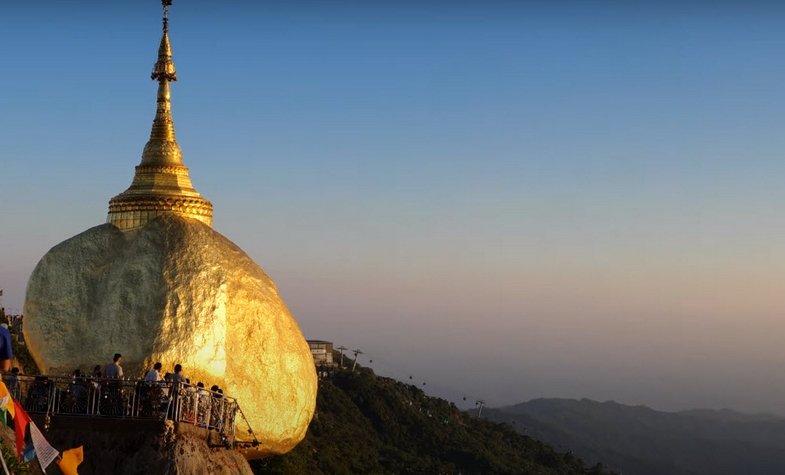
The land of Myanmar covers an area of 676,578 square kilometers (261,228 square miles) with a total land boundaries length is 6,522 kilometers (4,053 miles). The southern part of the country is surrounded by 2,228 kilometers (1,384 miles) of coastline.
Myanmar’s mainland is surrounded by 16 islands and Mergui Archipelago (consists of more than 800 islands)
The climate of Myanmar is influenced by location and altitude, but the country is considered to have tropical monsoon weather. The lowlands of the country are more influenced by tropical monsoon than the highland, with 2 main seasons: the dry season (from October to May) and the rainy one (from June to September). While the climate on the highland of the country depends on its elevation, but the main trend is getting colder when going higher.
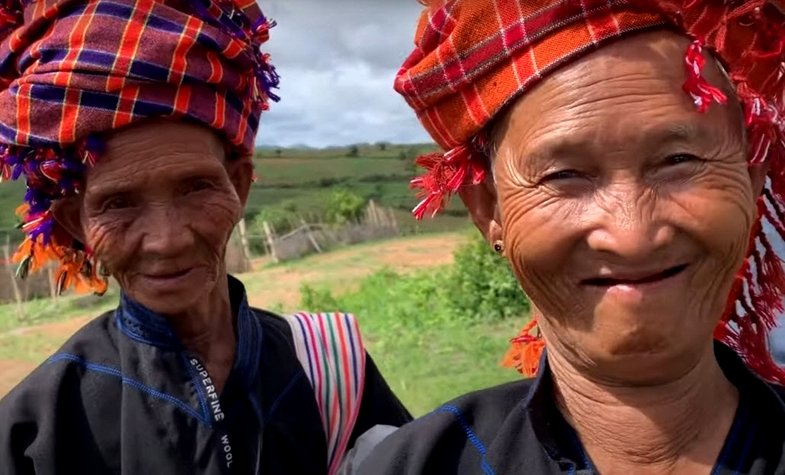
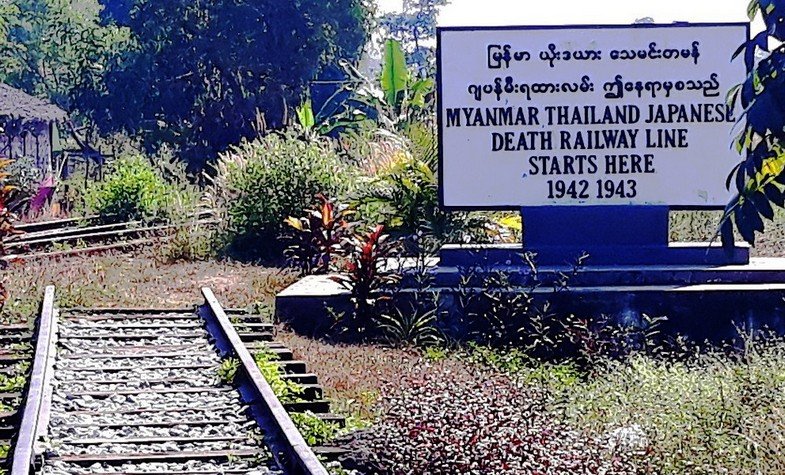
Myanmar has 108 distinct languages spoken, but they can be divided into 4 main language families: Sino-Tibetan, Indo-European, Tai–Kadai and Austro-Asiatic.
Burmese is the mother tongue of Bamar people and the official language of Myanmar. The script of Burmese consists of circular and semi-circular letters, which was developed from a southern Indian script.
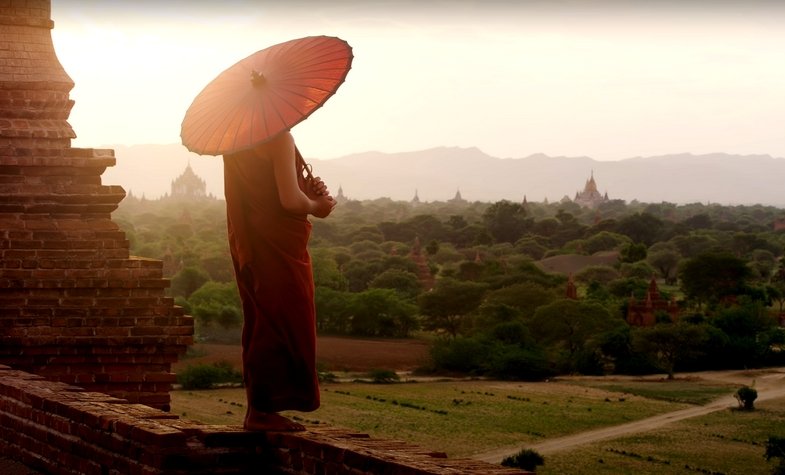
Along with Buddhism, many other religions are practiced in Myanmar. The second biggest religion in Myanmar is Christianity. Other religions are Islam, Tribal religions, Hinduism and some small religions. Only 0.1% of Burmese consider themselves atheists.
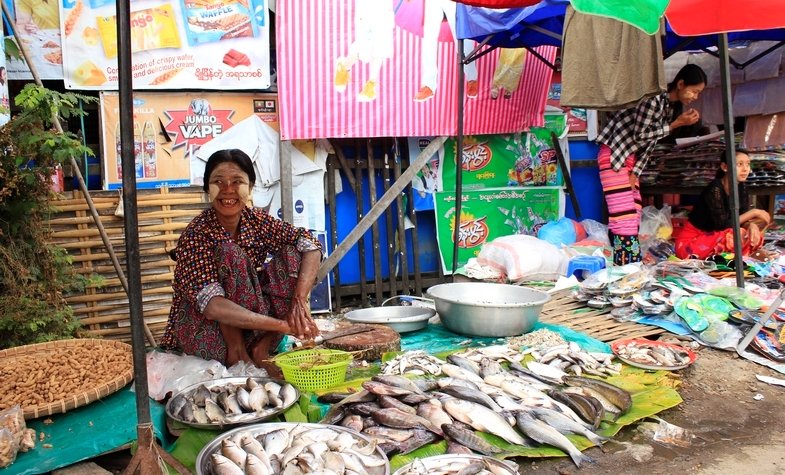
Mohinga is prided as the national dish of Myanmar. The dish is made from rice noodles with fish soup. It is said that Burmese always have Mohinga for breakfast.
Burmese cuisine has wide cross-cultural contact with other neighbor countries in Southeast Asia and East Asia, including Thailand, India and China.
The taste of Burmese dishes can be described by the phrase chin ngan sat, which means “sour, salty and spicy”.
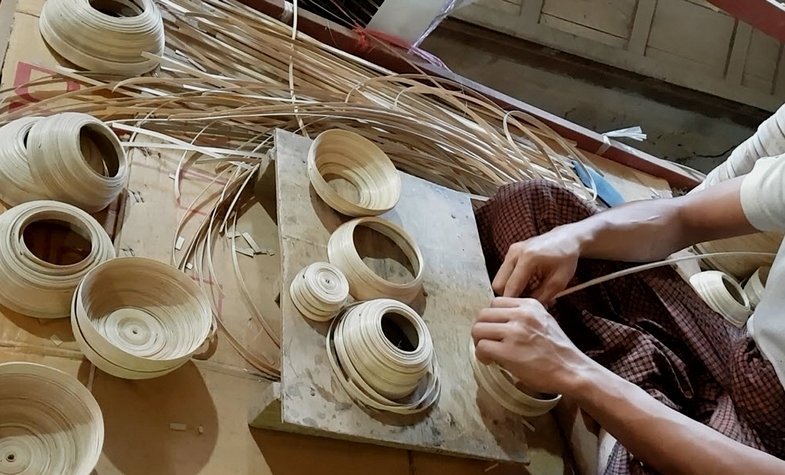
The main features of Myanmar architecture that can be easily found in most of the country’s famous works are the stucco and wood carving, and the use of gold.
A famous Myanmar architectural art that you can contemplate the wood carving skills of ancient artisans is the Shwenandaw Monastery. While the use of gold was widely used in many famous constructions, such as Shwedagon, Shwezigon pagoda…
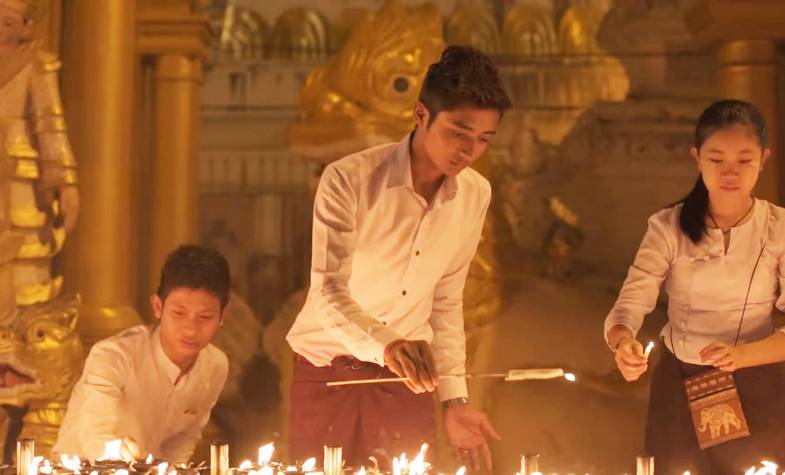
Tagu is the new year festival of Burmese. This celebration is held in mid-April. Some Myanmar national festivals that you can experience are Waso (at the full moon of Waso in July), Thadingyut Festival of Lights (in October), Tazaungdaing Festival of Lights (in November), Tabaung or the nationwide pagoda festivals (in March)